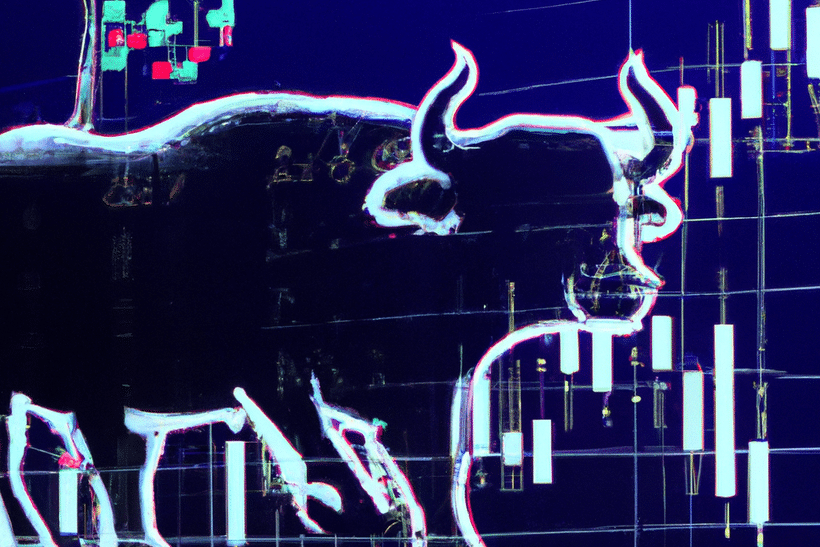Bull Market Trading and its Risks
A bull market is one in which prices rise and there is general optimism about the state of the economy. As a trader, you have several options for trading a bull market:
- Buy and hold: Buying and holding your investments for a longer period of time is one strategy for trading a bull market. This allows you to profit from the rising price trend and can be a low-risk strategy if you are confident in the market’s long-term prospects.
- Dollar-cost averaging: This entails investing a fixed amount of money at regular intervals rather than attempting to time the market. In a bull market, this can be a good strategy because it allows you to profit from the upward trend in prices while smoothing out any short-term fluctuations.
- Buy on dips: Another strategy is to look for opportunities to buy when prices are temporarily down, or “on dips,” as this allows you to benefit from the overall upward trend in prices while potentially getting a better price on your investments.
- Use stop-loss orders: In a bull market, stop-loss orders can be used to protect against potential losses. Set a stop-loss order at a specific price to ensure that your trade is closed if the market moves against you.
- Make good use of leverage: Leverage allows you to trade with more capital than you have in your account, which can increase your profits in a bull market. However, using leverage responsibly is critical because it can increase your potential losses.
Overall, being aware of the risks and making informed, disciplined decisions are the keys to trading a bull market. It is critical to have a solid trading strategy in place and to effectively manage your risk.
While a bull market can provide opportunities for traders, it is critical to be aware of the risks. In a bull market, some of the risks to consider are:
- Market saturation: This occurs when demand for assets exceeds supply during a bull market. This can result in a market bubble, which is defined by unsustainable price increases followed by a sharp decline.
- Volatility: While a bull market is generally characterized by rising prices, there may be times when prices fluctuate significantly. This makes it difficult for traders to accurately predict market direction and increases the risk of potential losses.
- Overconfidence: During a bull market, traders may become overconfident and take on excessive risk in an attempt to profit from the rising price trend. This can result in poor decision-making and increase the likelihood of significant losses.
- Interest rate risk: In a bull market, rising interest rates can cause asset prices to fall as investors shift their capital to higher-yielding assets. This can pose a risk for traders who own assets that are susceptible to rising interest rates.
- Economic downturn: While a bull market generally indicates a strong economy, there is always the risk of an economic downturn, which could lead to a decline in asset prices.
Traders can help to mitigate the potential impact of a bull market on their portfolio by being aware of these risks and implementing effective risk management strategies. It is critical to approach trading with a clear and level-headed mindset, as well as being aware of the potential risks and uncertainties.
